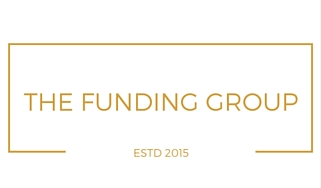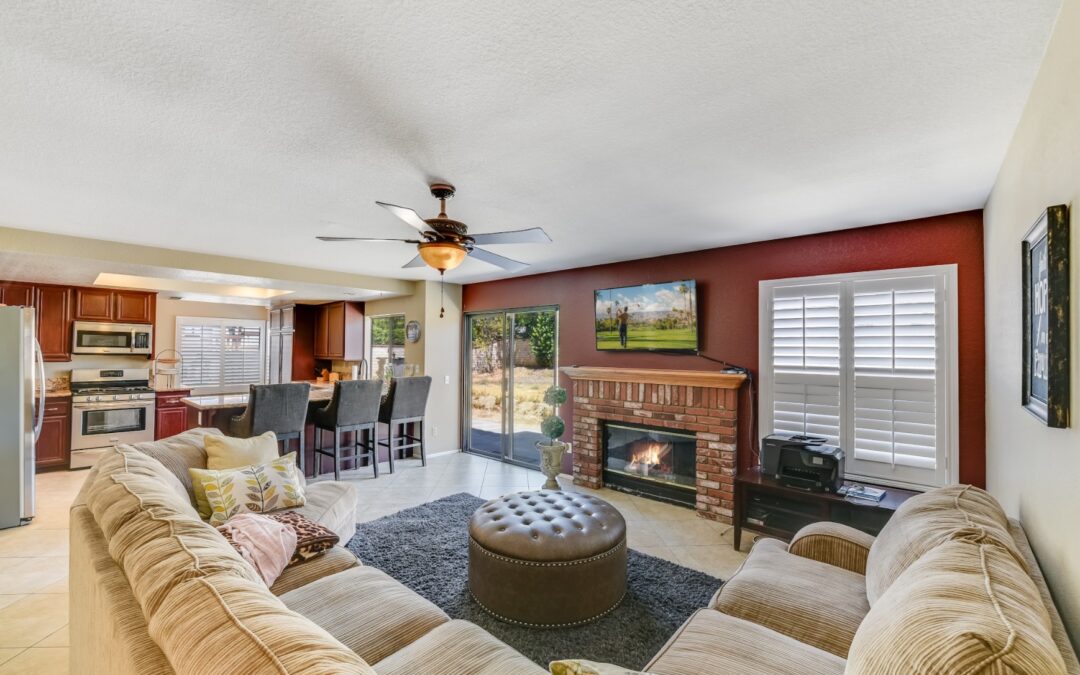Closing costs are expensive. Rolling those costs into your mortgage might seem like a better option than paying them out-of-pocket. This is not a universal solution.
When determining whether you can convert your closing costs to a mortgage, consider the type of loan, amount of debt (DTI), and loan-to–value ratio (LTV).
Is it possible to roll closing costs into a new mortgage?
Directly rolling your closing costs into your mortgage might not be possible if your mortgage is for a purchase. There are still ways to cut down on upfront costs. To reduce your closing costs, you can lower your down payment.
Keep in mind, however, that a lower down payment will increase the LTV ratio. Private mortgage insurance (PMI) will be required if your LTV exceeds 80%.
Another option is to try to negotiate a “seller’s concession”, in which the seller will pay certain fees on behalf of the buyer.
This will allow you to save loan fees and put it towards your downpayment. This will reduce the initial cost of the mortgage. Sellers won’t accept such concessions unless it’s possible to make a greater profit and close the sale more quickly.
Refinances can be rolled into closing costs, provided that the additional costs do not exceed the lender’s LTV or DTI thresholds. The loan amount must not exceed the maximum loan to value ratio that your lender will allow.
If your home is valued at $100,000, and your maximum LTV is 88%, your lender will only lend you $80,000. This amount will not be increased to cover closing costs.
Do Closing Costs Need to Be Added to Your Mortgage Balance?
It is important to consider the financial implications of rolling your closing costs into your mortgage before you make a decision about whether or not you want to do so. You will pay interest over the loan’s life if you roll your closing costs into your mortgage.
Let’s say that your closing costs are $10,000, and that your mortgage interest rate is 4% for a 30-year term. You would be paying $17,187 per year and your monthly mortgage payment would go up by nearly $48.
Your lender may offer you an alternative: increase your mortgage rate in return for a credit that lowers your closing costs. Premium pricing is when the lender credits you a portion of your loan amount to reduce out-of-pocket costs at closing.
Let’s assume you have a $300,000. mortgage. You are eligible for a rate increase of 0.125%. The lender might offer you credit up to 1% or 3000 in exchange for a 0.1255% increase in your rate. This increase will only cost you $21 per month, and $7753 over the term of your loan.
LTV is the ratio of the loan amount to the home’s value. This happens because the higher mortgage balance you use to pay closing costs will increase the LTV.
There will be less equity available if you later want to take out a line of home equity credit. Your net benefit when you sell your house will also be lower if your LTV is higher.
Your financial goals and current financial situation will determine whether you should roll your closing costs into your mortgage. You could use the extra cash in your pocket to make repairs or pay off other bills.
If this is the case, you may want to roll your closing costs into your mortgage. If you don’t have the cash immediately, it might be a good idea to pay the closing costs upfront and skip the monthly cost.
Rolling Closing costs into VA and FHA Loans
FHA and VA loans come with unique fees and features that you should consider when considering whether to include closing costs in your loan. To ensure you understand your obligations as a borrower, it is important to discuss all aspects of the loan program.
FHA loans require that the borrower pay an upfront mortgage insurance policy premium (UFMIP). The UFMIP, which is usually 1.75% of the loan amount, can be rolled into your loan amount. One caveat: FHA loans require at least 3.5% downpayment, excluding closing costs. If you borrow $100,000, you will need to pay at minimum $3,500 towards your down payment and your closing costs.
VA loans require that the borrower pay a VA financing fee. This fee can be financed. The VA funding fee is paid directly to the Department of Veterans Affairs. This fee helps to cover losses and keeps the loan guarantee program available for future generations of military homebuyers. Your type of service, and whether you are applying for a VA loan for the first time, will determine how much your VA funding fee is.
Regular servicemembers taking out a VA loan for the first time and choosing not to pay a downpayment will be charged 2.15% as a funding fee.
Certain situations exempt a borrower from paying the VA funding fees include veterans receiving VA compensation to service-connected disability and spouses of veterans who have died while in service or with service-connected disability.

